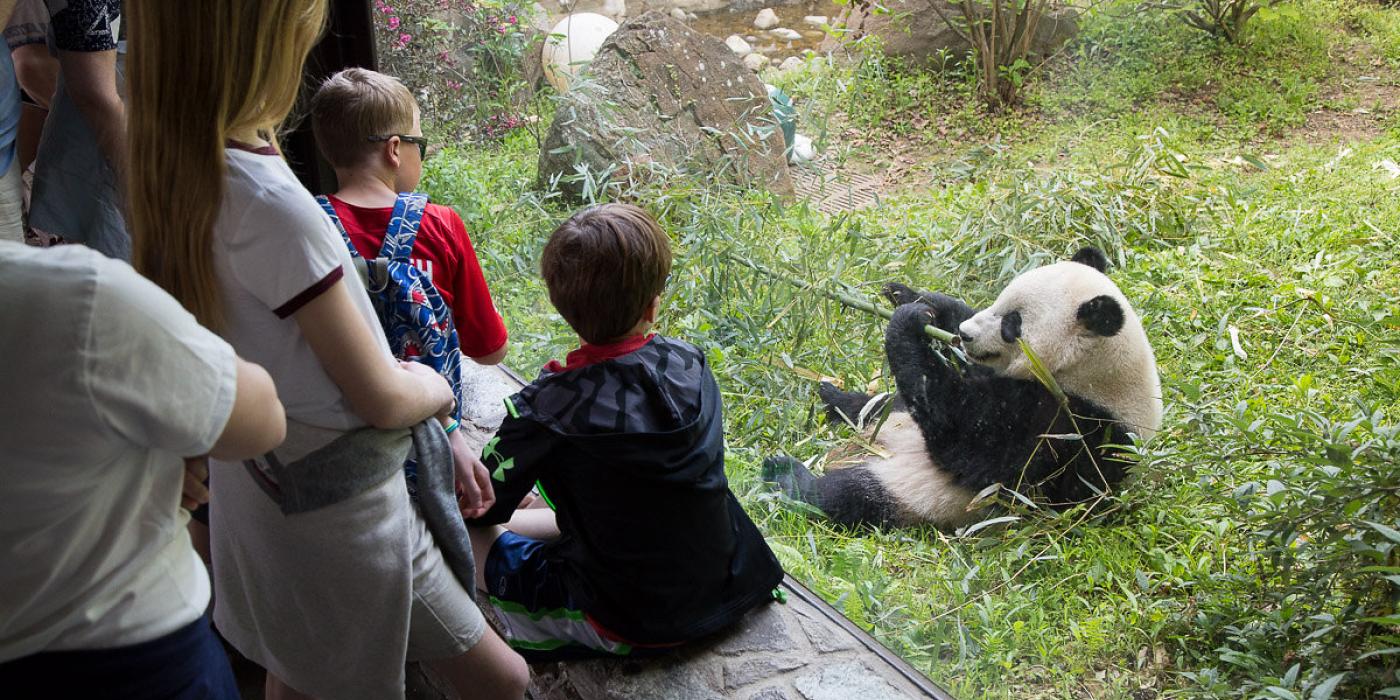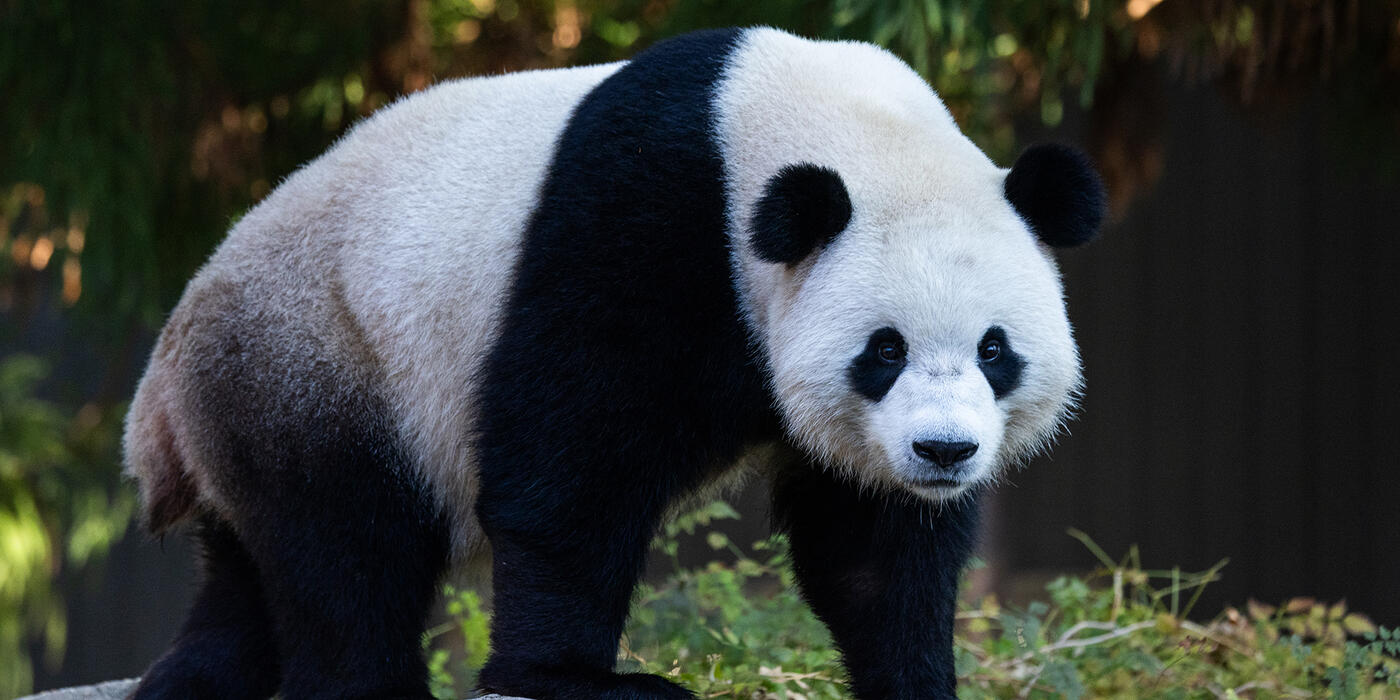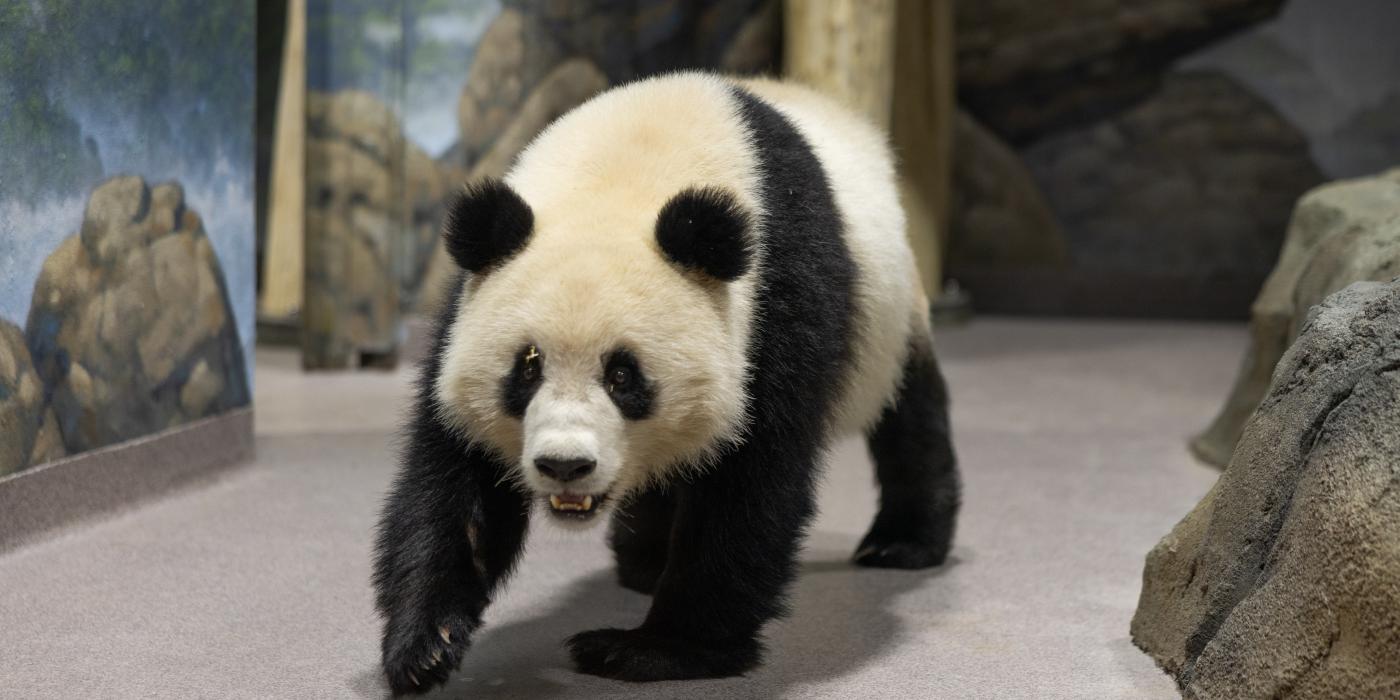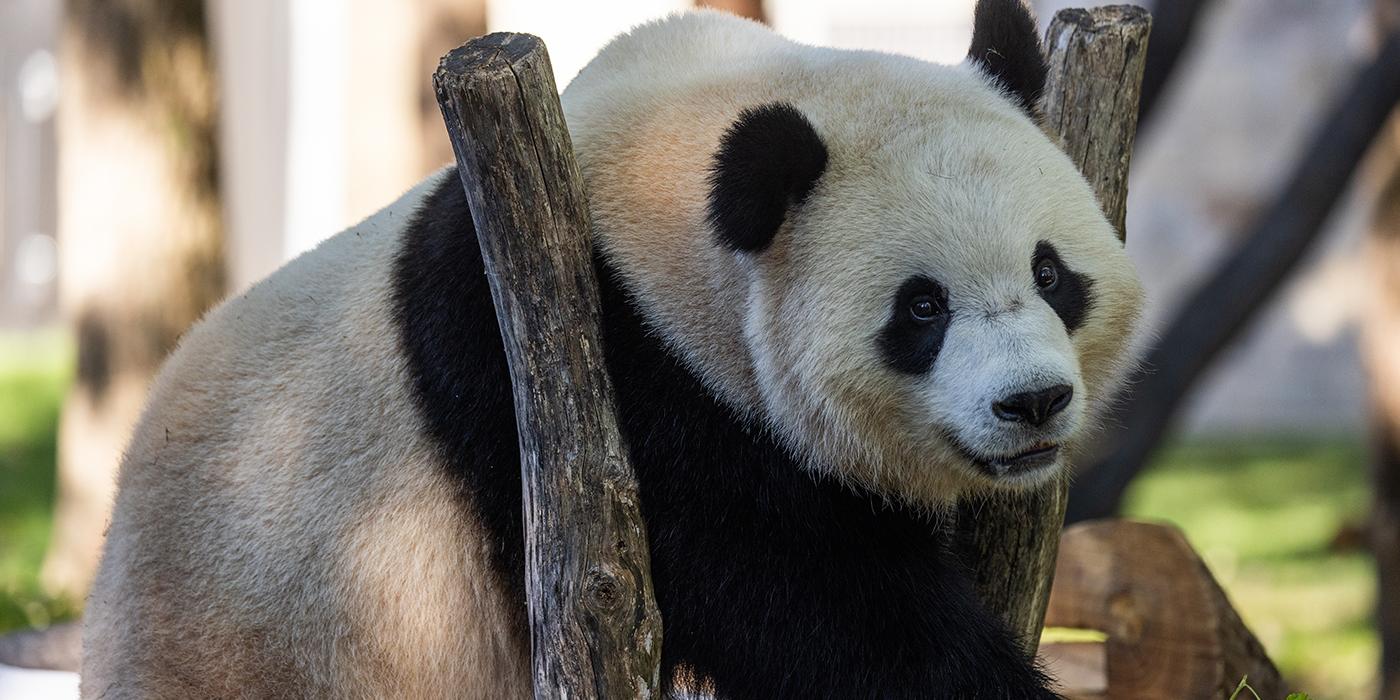Saving the Iconic Giant Panda
Visitors to the Smithsonian’s National Zoo could spend hours watching the giant pandas, and nothing elicits quite the degree of ‘oohs’ and ‘awws’ as a panda cub. Whether munching contentedly on bamboo, playing with an enrichment toy or taking a snooze in a nearby tree, giant pandas seem to provide an endless supply of adorable. What many visitors don’t see, however, is the science that goes into saving the species from the brink of extinction—studies on reproduction, habitat ecology and disease. If not for the important work of these passionate and dedicated conservationists, the world may have been devoid of pandas.
The Zoo and Smithsonian Conservation Biology Institute (SCBI) have been part of that conservation effort for more than four decades. This collaboration with Chinese scientists from the China Wildlife Conservation Association continues to give the species a fighting chance today.
SCBI’s ecologists are exploring ways to expand panda habitat by creating corridors to connect panda reserves—large areas of fragmented land, home to panda populations. These connecting corridors would not only allow more pandas to potentially interact and mate with each other, but would also give scientists an opportunity to learn more about other wildlife that live in these areas.
But, increased interaction could bring about the increased risk of infectious diseases for giant pandas and for other species that share their habitats. To better understand panda health, Zoo and SCBI veterinarians are working with Chinese colleagues at the Wildlife Disease Control Center in Sichuan Province. Together, they study parasitic and other infections as well as disease in aging pandas—all of which will help inform future biomedical studies on the species.
Although there has been major success in Chinese breeding centers, some pandas still experience reproductive challenges. The Zoo’s adult giant pandas, Mei Xiang and Tian Tian, have been studied extensively by SCBI scientists with the goal of understanding why some pandas don’t reproduce well. In the process, they are exploring effective methods that go beyond ultrasounds to determine pregnancy in females.
Even as scientists invest in wild populations, they’re painstakingly documenting what it takes to maintain a successful population in human care. SCBI scientist Jonathan Ballou developed the formula used to make breeding recommendations for the entire giant panda population in human care, ensuring that it is genetically healthy. Scientists are working to preserve 90 percent of the genetic diversity of the giant panda population in human care for the next 200 years. That requires a population of 500 pandas in human care.
To achieve that goal, scientists must routinely analyze the population’s genes to determine which individuals should breed, with whom, and how often. That would not only result in a population that’s genetically healthy, but would also enable scientists to reintroduce more individuals into the wild and ultimately help create a self-sustaining wild population of these charismatic bears.
Tune in Feb. 16 through 21 for a series of online and onsite events celebrating Bao Bao. View the full schedule of events.
Related Species:




